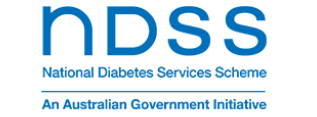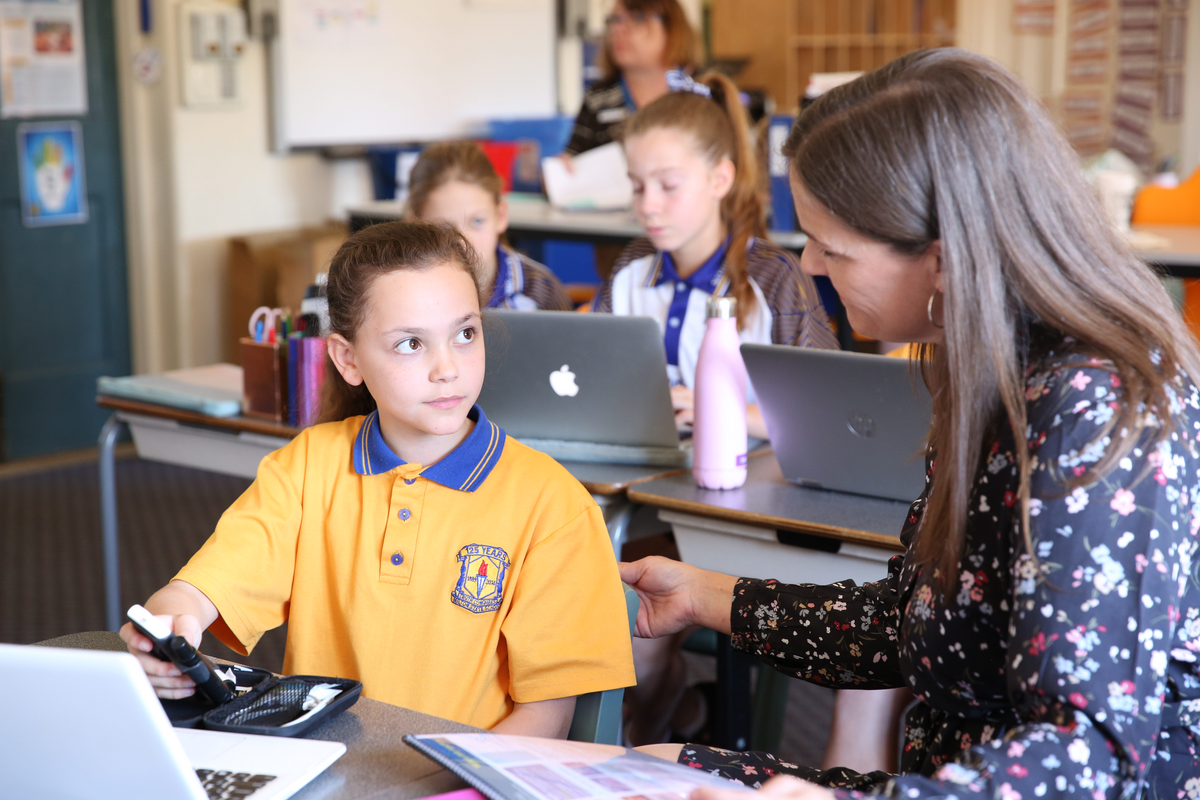What are low and high glucose levels?
It is common for students with type 1 diabetes to experience glucose levels that are too low or too high from time to time.
Every student with type 1 diabetes will have a target glucose range that has been decided with their diabetes health professionals. The student’s target glucose range is documented in their diabetes management plan.
All school staff should know the signs and symptoms of low and high glucose levels and how to support a student experiencing them.
A low glucose level is known as hypoglycaemia, or a hypo. A low glucose level is generally when glucose is below 4.0 mmol/L, or when the person’s glucose level is close to 4.0 mmol/L and they have signs or symptoms of a low glucose level.
Common reasons for a low glucose level include:
- a missed, delayed or interrupted meal, or not enough carbohydrates
- too much insulin
- being more physically active than usual, or unplanned activity
A low glucose level must be treated immediately. If left untreated the student may lose consciousness. How to treat the student’s low glucose level will be documented in their diabetes management plan. It is important that you are familiar with this treatment so you can act quickly when needed.
A high glucose level can happen when the student doesn’t have enough insulin, is unwell, or has carbohydrate foods or drinks without giving insulin.
A high glucose level must be taken seriously, especially if the student is unwell. Staff should refer to the student’s diabetes management plan for advice.
To support students with type 1 diabetes, it’s recommended staff complete Diabetes in Schools Level 1 Introductory training.
Signs and symptoms of low or high glucose levels
Low glucose signs and symptoms may include:
- pale skin
- shaking or sweating
- feeling tired, weak or dizzy
- unusual behaviour
- hungry
- headache
- being unable to concentrate
A severe low glucose level is one where a student cannot manage it by themselves, and they need support from someone else. A severe low is a diabetes emergency. Call Triple Zero (000) and refer to the student’s diabetes management plan. Make sure an adult is with the student at all times, never leave the student alone.
High glucose signs and symptoms may include:
- feeling thirsty
- frequently needing to go to the toilet
- feeling tired
- feeling emotional
- being unable to concentrate
Supporting a student experiencing low or high glucose levels
Students may need support from staff to treat a low or high glucose level. The aim of treating a low or high glucose is to return the student’s glucose level back into their target range. Follow their diabetes management plan for the specific actions to take for your student.
Learn more about managing low and high glucose levels in Level 2 intermediate training
Reasonable adjustments
Reasonable adjustments are supportive actions that schools make to support a student with their diabetes management so they can fully participate in school life. Examples of reasonable adjustments for managing low and high glucose levels may include:
- having a hypo kit and glucose monitoring equipment always close by
- always treating the student’s low glucose level where they are, and not walking them to the sick room or office
- never leaving the student alone if they have a low glucose level.
Last updated: September 2025



